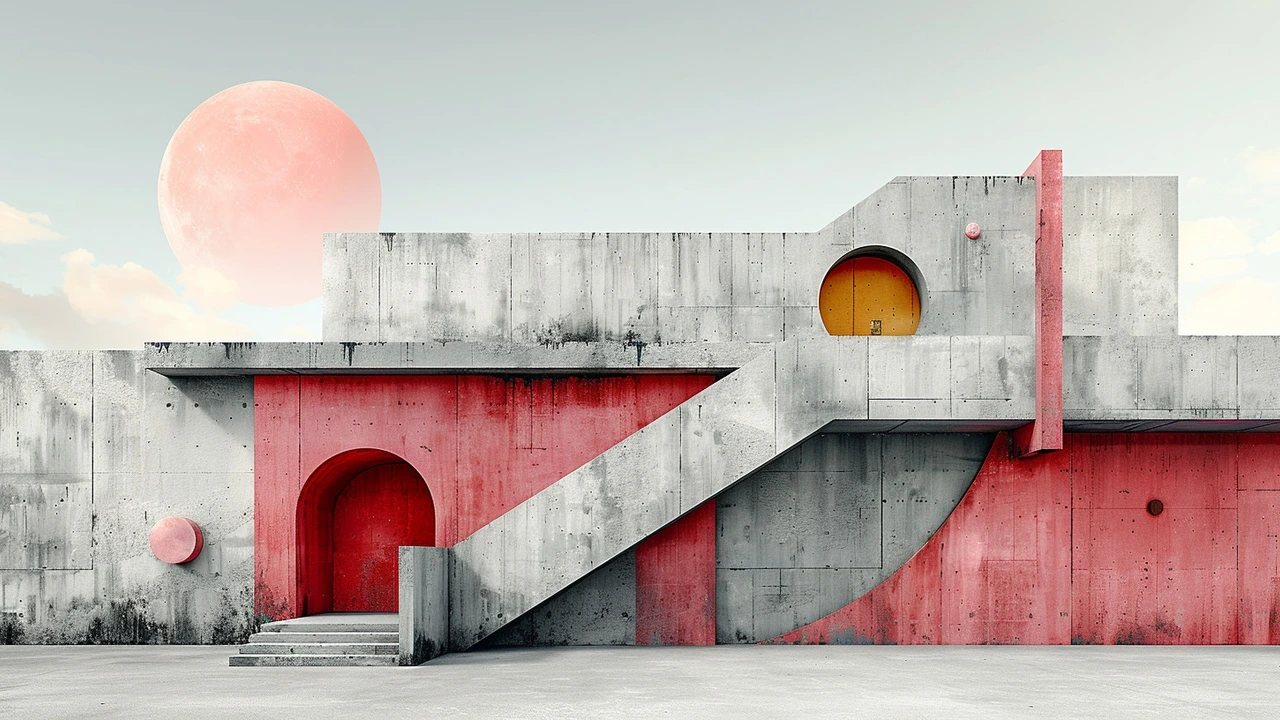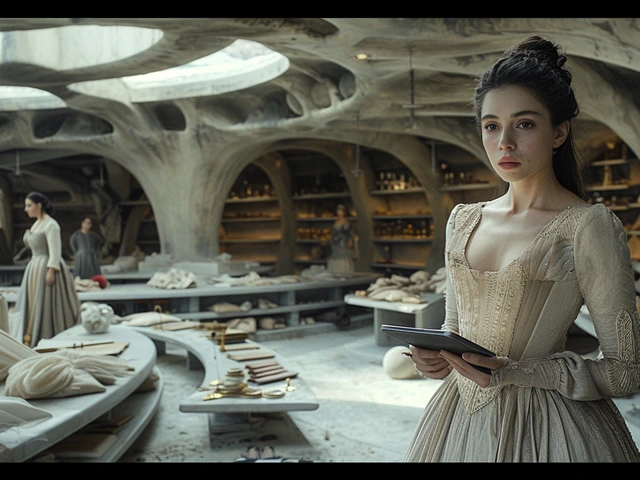Introduction to Constructivism Art
At the cusp of the 20th century, amidst the tumult of revolutionary change in Russia, a new art movement emerged that would forever alter the landscape of artistic expression - Constructivism. This movement was not just a style or a trend; it was a blueprint for a new social order. Artists like Kazimir Malevich, Alexander Rodchenko, and Vladimir Tatlin, among others, believed that art should directly serve society, reflecting the modern industrial world through abstraction, functionalism, and a rejection of traditional artistic conventions.
Constructivism quickly spread beyond Russia's borders, influencing a wide range of disciplines, including graphic design, industrial design, and architecture. Its impact was profound, shaping the Bauhaus in Germany and the International Style, demonstrating art's potential to engender social change. This journey into Constructivism reveals an art movement that was as much about ideas and innovation as it was about creating visually stunning works.
The Philosophical Underpinnings of Constructivism
The philosophical foundation of Constructivism was deeply influenced by the political upheavals of early 20th-century Russia. The Bolshevik Revolution of 1917, which sought to overthrow the old regime and its aristocratic values, profoundly impacted the movement. Constructivists believed in the idea of 'art into life,' where art would no longer be an autonomous, isolated activity but would actively participate in building a new socialist society. This concept was revolutionary, challenging the very essence of how art was perceived and valued.
The movement's ethos can be encapsulated in Tatlin's Monument to the Third International, an ambitious but never-realized architectural project. It epitomized the Constructivist vision of art as a catalyst for social change, combining innovative use of materials with a dynamic form that signified the forward-looking spirit of the movement.
Key Figures and Works in Constructivism
Kazimir Malevich's influence on Constructivism was pivotal, despite his primary association with Suprematism. His abstractionist philosophies laid the groundwork for Constructivist artists, who sought to distill art to its essential forms and functions. Meanwhile, Alexander Rodchenko and Vladimir Tatlin became synonymous with the movement, their works embodying the fusion of art and industrial materials. Rodchenko's contributions to photography and graphic design, especially his innovative use of angles and montage, have had a lasting impact on visual communication.
Tatlin's aforementioned Monument to the Third International epitomizes Constructivism's ambitious scope, aiming to integrate art, technology, and architecture. El Lissitzky's Proun series, which explored the interaction between space, volume, and mass, also significantly influenced the movement's aesthetic and theoretical development.
Constructivism's Global Impact and Legacy
Though it originated in Russia, Constructivism's influence was felt worldwide. In Germany, the Bauhaus school of art and design incorporated Constructivist ideals, emphasizing functionality, simplicity, and the use of industrial materials. Similarly, in the United States, the International Style in architecture mirrored Constructivist principles, championing minimalism and rejecting ornamentation.
Today, Constructivism's legacy is evident in contemporary art and design, where its emphasis on innovation, functionality, and social relevance continues to resonate. For instance, modern graphic design often echoes Constructivist principles through its use of geometry, bold color, and typographic experimentation.
Challenges and Criticism of Constructivism
Despite its pioneering vision, Constructivism faced criticism from both contemporary and later observers. Some criticized its utopian ideals as overly optimistic, questioning the feasibility of bridging art and life in the way the movement envisioned. Additionally, the movement struggled with the tension between individual artistic expression and the collective goals of a socialist society, leading to debates about the role and autonomy of the artist.
However, these critiques have not diminished Constructivism's importance or its contributions to the evolution of modern art. Instead, they offer valuable perspectives on the challenges of integrating art with social and political aspirations.
Exploring Constructivism Today: Relevance and Revival
In the contemporary art scene, Constructivism continues to inspire artists and designers seeking to merge aesthetic innovation with social engagement. Exhibitions and retrospectives dedicated to Constructivist art offer new generations a chance to experience its revolutionary spirit. Moreover, the movement's emphasis on materiality and functionality has found new relevance in sustainable design and architecture, proving that Constructivism's ideas remain as compelling and provocative as ever.
For those intrigued by the convergence of art, society, and technology, Constructivism offers a rich field of exploration. Its enduring appeal lies in its visionary approach to art-making, one that champions creativity, utility, and radical change.



